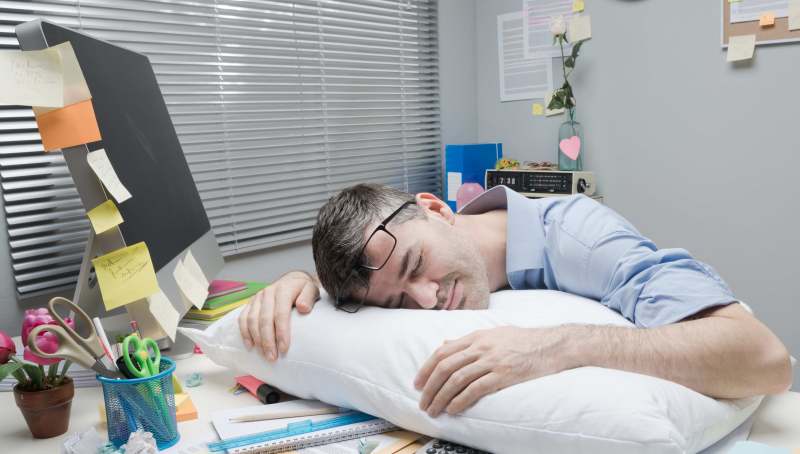In this post, we look at when and how you can reuse a memory palace or a peg list such as the number rhymes to memorize multiple sets of information. We will go through an example where using the same locations multiple times works like a charm and look at other situations where you should rather use a different room or peg list.

In the following, I will mostly talk about locations along a journey or in a room in a memory palace. However, the same applies also to peg lists like the number rhymes and the number shapes. I have written a post on the memory palace technique, also known as the method of loci, in case you are not yet familiar with it. At times, I will also refer to locations as loci. These two terms mean exactly the same: Loci is the plural of locus, the Latin origin of the word location.
The question of re-using a memory palace can refer to two very different cases. We will cover both of them.
- You have already used the locations in a room or along a journey to memorize a set of information for long-term use. Now you are wondering whether you can add a second set to the same loci or should rather use a different room or memory palace.
- You have used the locations for short-term memorization and hope to overwrite the information in these locations with new information.



